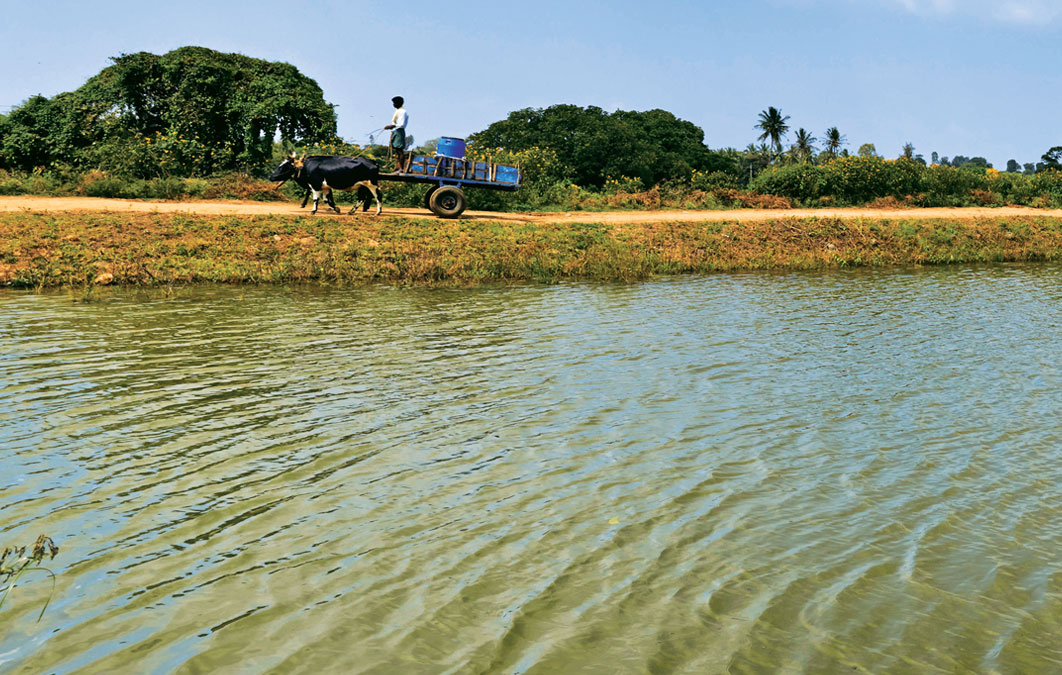
They lived miles apart but people from the Sonesangvi village in Maharashtra and Barbakhedi village in the Sehore district of Madhya Pradesh, shared a common challenge: water scarcity. Ask any resident of Sonesangvi about the importance of water, and they would describe the hardships of living without the precious resource. However, conditions improved in both villages after ITC stepped in to spearhead its Water Stewardship initiative.
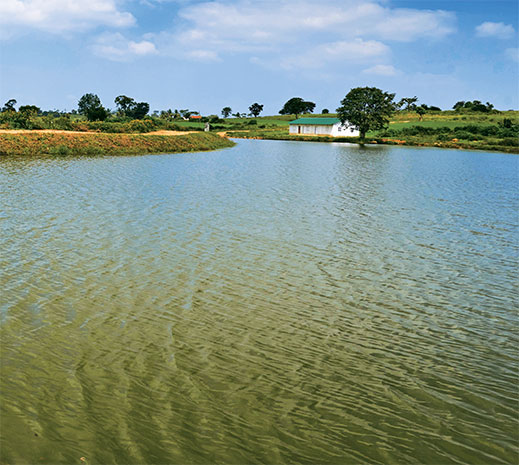
Till then, the people of Sonesangvi faced an acute drinking water crisis for four months each year, forcing them to rely on costly deliveries by water tankers that drained nearly Rs.6 lakh from the gram panchayat each year. However, through the Integrated Watershed Development Programme, a key pillar of ITC's Water Stewardship initiative, significant improvements were achieved. By constructing water harvesting and groundwater recharge structures, the village not only improved its water resources but also became 'tanker free'.
Recognising that water stress is increasingly becoming a serious concern and that water security was critical not only for ITC's manufacturing units but also for its agri value chains and communities in its catchments, ITC launched its Water Stewardship initiative almost two decades ago. The programme follows a three-pronged approach:
First, ITC's communitybased Integrated Watershed Development programme aims at replenishing water resources through rainwater harvesting, groundwater recharge and biodiversity conservation. ITC supports small and marginal farmers to form Water User Groups (WUGs), fostering community-driven management of local water resources in moisture-stressed areas.
ITC's Integrated Watershed Development programme also blends conventional wisdom and practices with contemporary approaches to revive raditional water structures.
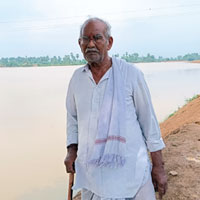
"Like me, other farmers who had to depend on bore wells, now have enough water and we can grow 4 kinds of crops on this soil."
Surya Rao, a farmer from Koyyalagudem village in West Godavari district of Andhra Pradesh
Water harvesting structure in Sonesangvi village of MaharashtraSecond, to reduce water usage in agriculture, ITC implemented demand side management initiatives that encompassed cropspecific agronomic techniques and micro-irrigation methods to promote 'More Crop per Drop'. ITC's initiatives cover a range of crops including paddy, sugarcane, wheat, soybean, fruits, vegetables and plantation crops. Innovative practices such as Direct Seeding of Rice and Alternate Wetting & Drying in Rice, along with Zero Tillage and Broad Bed Furrow methods for wheat, and the Broad Bed Furrow technique for soybeans, are being promoted to reduce water consumption, improve crop yields, and enhance farmers' incomes.
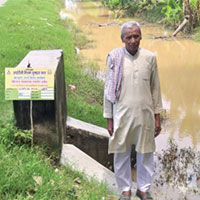
"Using the Zero Tillage machine to sow wheat enables farmers to spend less money, use less water and get a better crop in less time."
Nandkishore Singh, a farmer from Bhusichak village in Bihar's Munger district, commenting on the efficacy of the usage of Zero Tillage in wheat
Third, for ITC, a pivotal focus also lies on making its operations as water efficient as possible. This centres around a commitment to reduce net water consumption, enhance rainwater harvesting capabilities, and achieve zero effluent discharge across all units. Through state-of-the-art technology upgrades, advanced processes, rigorous audits and international standards, ITC ensures that water is used judiciously within its facilities.
Additionally, recognising that increasing demands on India's water resources across various sectors have resulted in negative water balances in many of the country's river basins, ITC is also making dedicated efforts to revive five river basins. In 3 basins including Ghod, ITC's efforts have resulted in filling the water balance gap as assessed at the time of initiating work.
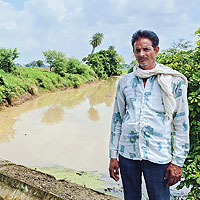
 "Before the construction of the check dam, I could hardly water the wheat crop twice, resulting in a production of only 10 quintals per acre. After the construction of the check dam in 2018-19 by ITC, I now irrigate my farm 4 to 5 times for the crop.
"Before the construction of the check dam, I could hardly water the wheat crop twice, resulting in a production of only 10 quintals per acre. After the construction of the check dam in 2018-19 by ITC, I now irrigate my farm 4 to 5 times for the crop.
Now the production of my wheat crop has increased to 18 to 20 quintals per acre. Before the construction, the water in the nearby wells and tube wells also used to dry up before the onset of summer, and was only available for 10 months."
- Mahendra Tyagi, a farmer from Barbakhedi village in Madhya Pradesh who has 5 hectares of land, describing the impact of the programme
As the devastating impacts of climate change intensify, it has become imperative for businesses and enterprises to focus on building resilience. Recognising that mainstreaming of climate change adaptation into water strategies is critical, ITC conducts periodic site-level vulnerability assessment to identify high water stressed sites and deploys interventions for mitigating water stress. Guided by Chairman Mr Sanjiv Puri's Sustainability 2.0 vision, it aims for a 40% reduction in specific water consumption by 2030, create rainwater harvesting potential equivalent to over 5 times ITC's net water consumption, certify all sites in high-stress areas to AWS standards by 2035, and improve crop water-use efficiency to save 2,000 million kiloliters by 2030. Every drop saved is a step toward a sustainable future.